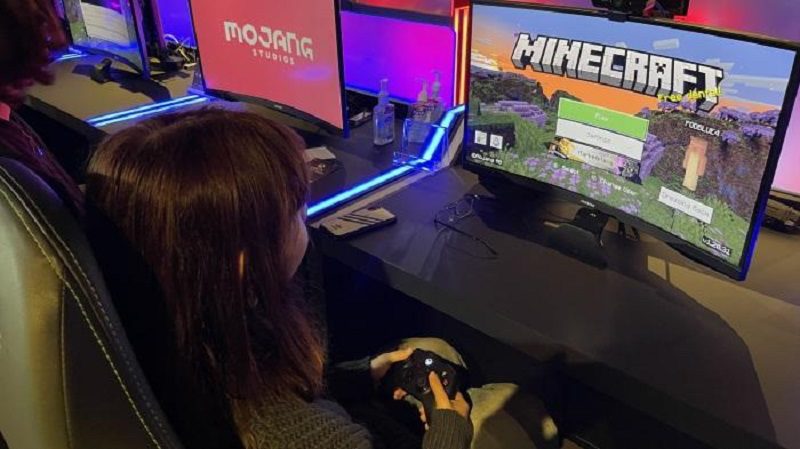Mashfiq Ahmed, a science teacher in Brooklyn, started a virtual Minecraft club during the pandemic in the hopes that it would be a fun and safe way for students to engage in social and emotional learning. But the club became extremely popular. Learn more about how computer games affect learning at a Brooklyn school at brooklyn-future.
New professional development courses

Since then, Ahmed’s pupils have become great players. They also gained so much skill that their esports team won the New York City Battle of the Boroughs, a Minecraft Education Competition. This experience demonstrated how esports, video games played by students and games in general are evolving into excellent learning tools. Game design and in-game training programs enable teachers to better understand their subordinates’ interests, acquire an interesting learning experience and uncover new research and career development opportunities.
That is why, in collaboration with Games for Change, a nonprofit organization that inspires people to promote social change via games, Verizon Innovative Learning HQ provides two new professional development courses: Introduction to Games and Learning and Esports: What, Why and How. Furthermore, the Verizon Innovative Learning Lab: Career Pathways online app allows users to explore STEM careers through industry modeling (including esports) and augmented reality. Leah Hirsch, Senior Director of G4C Learn, believes that games provide students with experience in problem-solving, critical thinking, teamwork and communication with one another. They form the skills of the twenty-first century, which can be applied at a variety of educational institutions.
Advantages of interactive curriculum

The game-based curriculum not only develops skills but also educates students about careers in this field. Children develop an interest in working in technology, programming, engineering and esports. It is possible to engage kids through games, which is the essence of education, which takes into account children’s interests and motivates them.
Game programming also teaches emotional intelligence, how to maintain a positive online profile and how to support your peers. According to program management, the most significant goal of the gaming learning environment is increasing the confidence of gamers, particularly those who are more introverted and shy. Games have provided students with additional opportunities for communication.
Games and esports require teachers to step outside of their comfort zone while preparing lessons for their students. After all, teaching the same subject may soon become monotonous. However, when there is something new, it is exciting for both the teacher and the students. So, when pupils see their educator excited and engaged, they become involved too. The simplest approach to get started is to gamify the current curriculum.
Games are everywhere

Ahmed saw his own career change thanks to the Minecraft school club. He still teaches chemistry classes, but the majority of his lessons focus on games and game design. Games for Change recognized him with a leadership award for his efforts in this field. He became a part of the Game Awards Future Class, which recognizes 50 members that promote inclusivity in the video gaming industry.
According to Ahmed, you don’t have to be an expert in video games or game design to teach them to children. If there is one child in the class who is passionate about them, you may use that student’s experience by allowing them to become a teacher and lead the class. Everyone will benefit from this. After all, the ability to influence others through the use of games is what matters most.